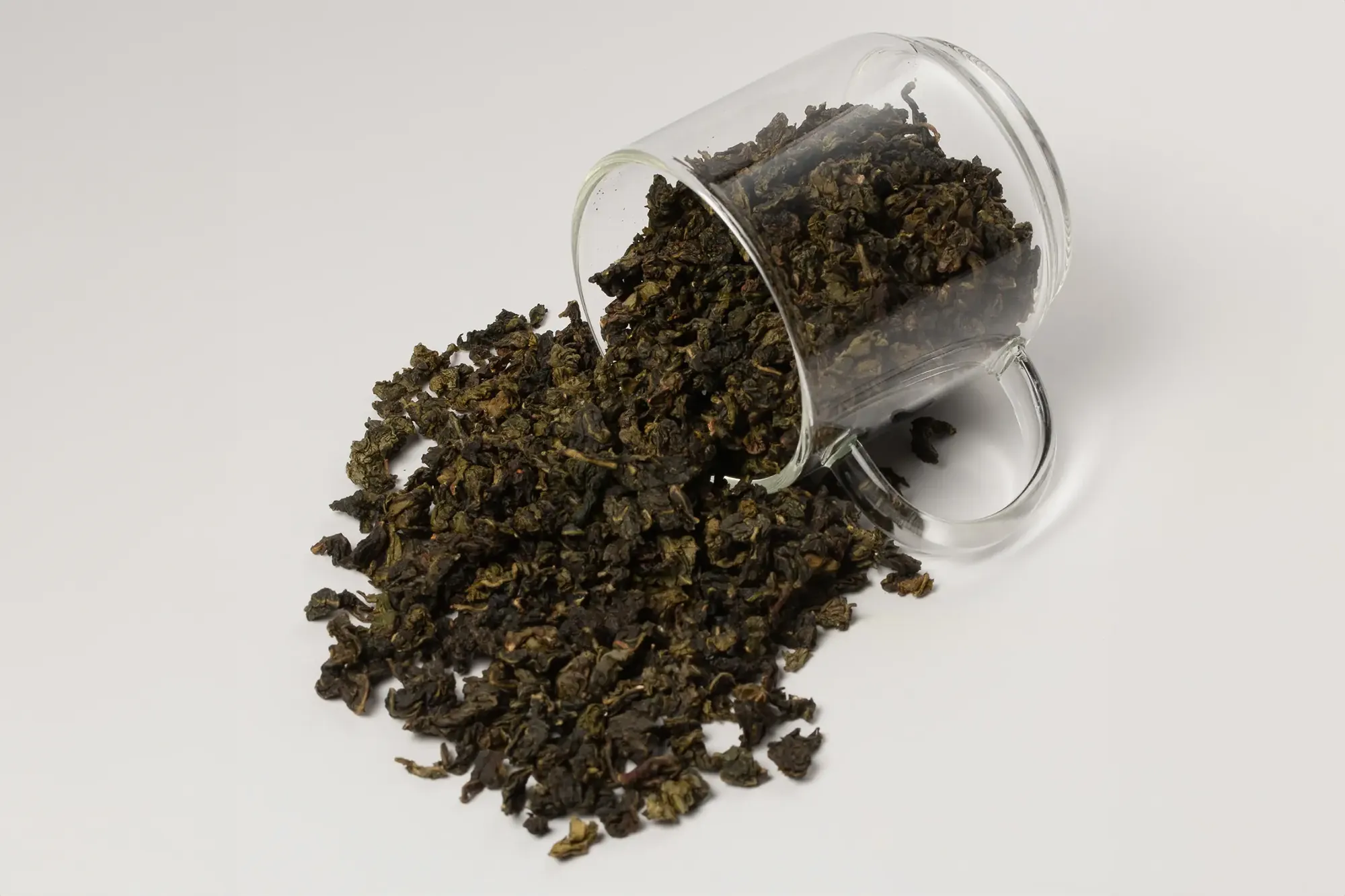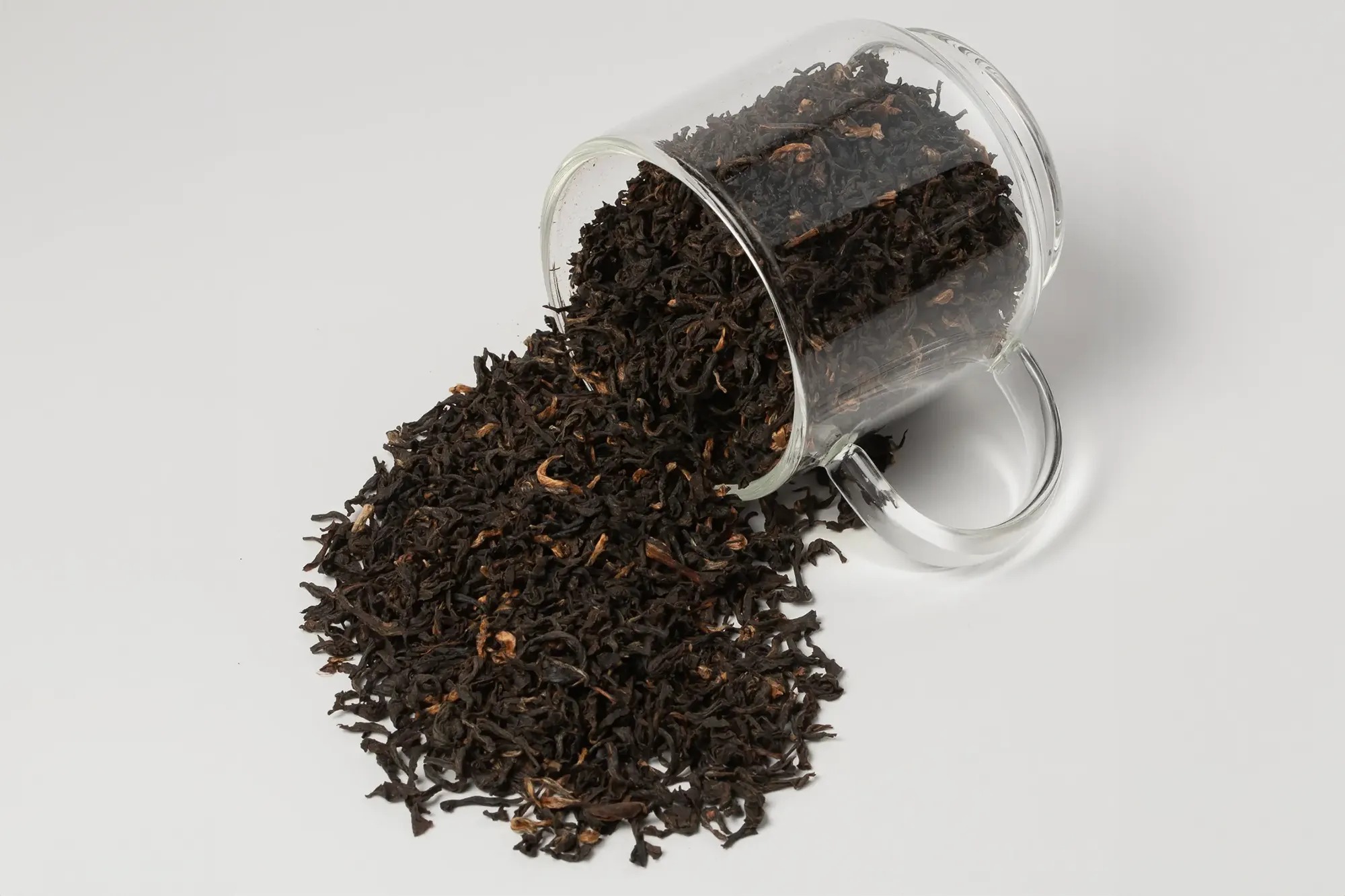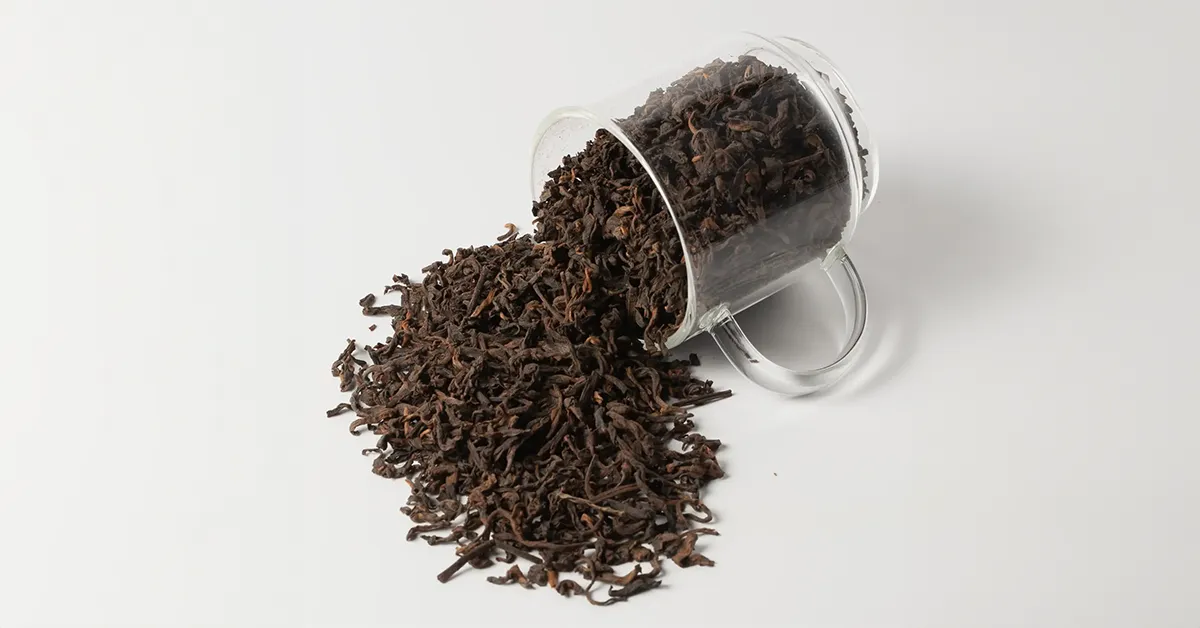
Exploring the Medicinal Wonders of Wild Cherry Bark
Nestled on the outer fringes of forests, the Sweet Cherry, also known as Wild Cherry (Prunus avium), is a remarkable tree that has been cherished for its medicinal properties for centuries. Ayurvedic practitioners have harnessed its astringent qualities to promote well-being, particularly in the realms of blood and gastrointestinal health. In this blog, we delve into the historical and contemporary uses of Wild Cherry bark, shedding light on its diverse range of health benefits.
One of the key attributes of Wild Cherry bark is its astringency. This characteristic lends itself to various medicinal applications, particularly in Ayurveda, where it is regarded as a potent blood and gastrointestinal tonic. The astringent quality helps tighten tissues and reduce excess fluid, making it invaluable in addressing a variety of health concerns.
Wild Cherry bark has long been utilized to alleviate respiratory discomfort. Its soothing properties make it an excellent choice for addressing coughs, colds, and sore throats. The bark can be prepared as tea or syrup, providing relief from irritation and promoting a sense of comfort during these common ailments.
Ayurvedic practitioners have harnessed the power of Wild Cherry bark for gastrointestinal health for centuries. It is known to aid in digestive issues and has been traditionally used as a GI tonic. Whether you’re experiencing indigestion, diarrhea, or other digestive disturbances, Wild Cherry bark can offer support in restoring balance to your digestive system.
Beyond internal use, Wild Cherry bark has found its place in topical treatments. The bark’s astringent properties are effective in staunching bleeding when applied externally. This versatility makes it a valuable addition to natural first-aid kits, where it can be used to address minor wounds and bleeding.
One remarkable historical account of Wild Cherry’s medicinal use is its role in the famous Lewis and Clark expedition. Merriwether Lewis, of the Lewis and Clark Expedition, suffered from gastrointestinal illness during their westward journey. In a fascinating turn of events, a twig tea made from Wild Cherry was administered to treat his ailment. This historical anecdote underscores the plant’s longstanding reputation for its ability to address digestive issues, even in the most challenging circumstances.
The Sweet Cherry, or Wild Cherry, stands as a testament to nature’s healing prowess. Its bark, rich in astringent properties, has been a stalwart ally in the world of natural medicine. From its role as a blood and GI tonic to its effectiveness in treating coughs, colds, sore throats, and even as a topical remedy for bleeding, Wild Cherry bark has a diverse range of health benefits. Its historical significance, exemplified by its use during the Lewis and Clark Expedition, further underscores the enduring value of this remarkable botanical treasure. So, the next time you find yourself in the presence of Wild Cherry trees, take a moment to appreciate the hidden medicinal wonders they offer.





